The Builds
Download the maps my clicking the "Learn More" buttons or by using the Download page
Featured
Don't know how to install the maps? A quick guide can be found in the Download page.
By downloading our builds, you agree to our Terms of Use
Don't know how to install the maps? A quick guide can be found in the Download page.
By downloading our builds, you agree to our Terms of Use
Click "Learn More" to download the map
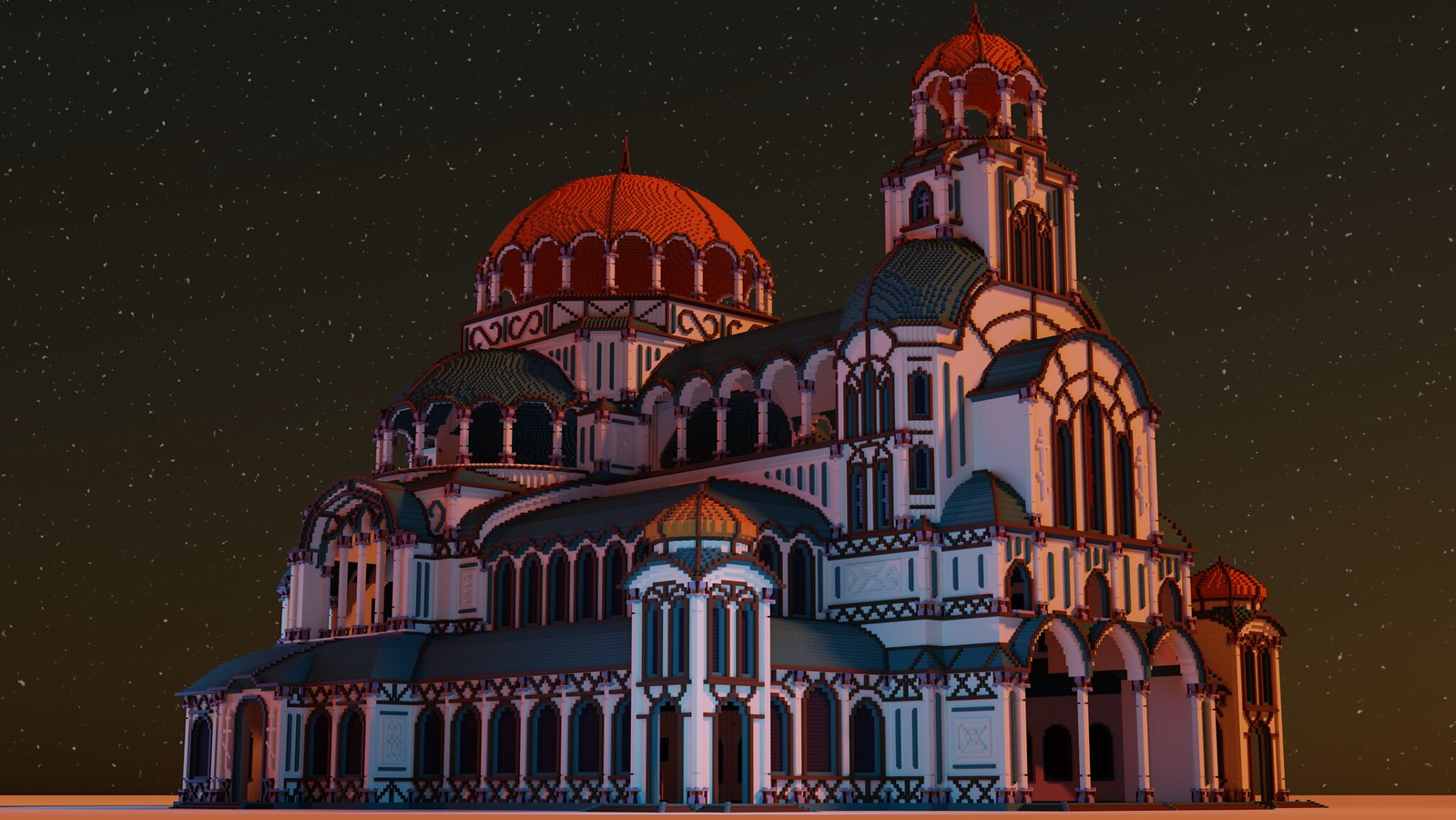
A centrepiece of the Bulgarian capital Sofia, the Cathedral is the the seat of the Patriarch of Bulgaria. Built between 1882 and 1912, by architect Alexander Pomerantsev in the Neo-Byzantine style, it is one of the largest Eastern Orthodox cathedrals in the world, able to hold as many as 10,000 people inside. Named for a renowned prince of the Kyivan Rus', it was built to honor Russian soldiers fallen in the Russo-Turkish War of 1877.
The seat of the National Assembly of Hungary in the capital of Budapest, Országház stands along the banks of the Danube as the largest building in the country. Built in the Gothic Revival style by architect Imre Steindl, the building is considered a symbol of the city and embodies the country's rich history: it houses the Holy Crown of Hungary and its walls are adorned with statues and coats of arms of former Hungarian nobility.

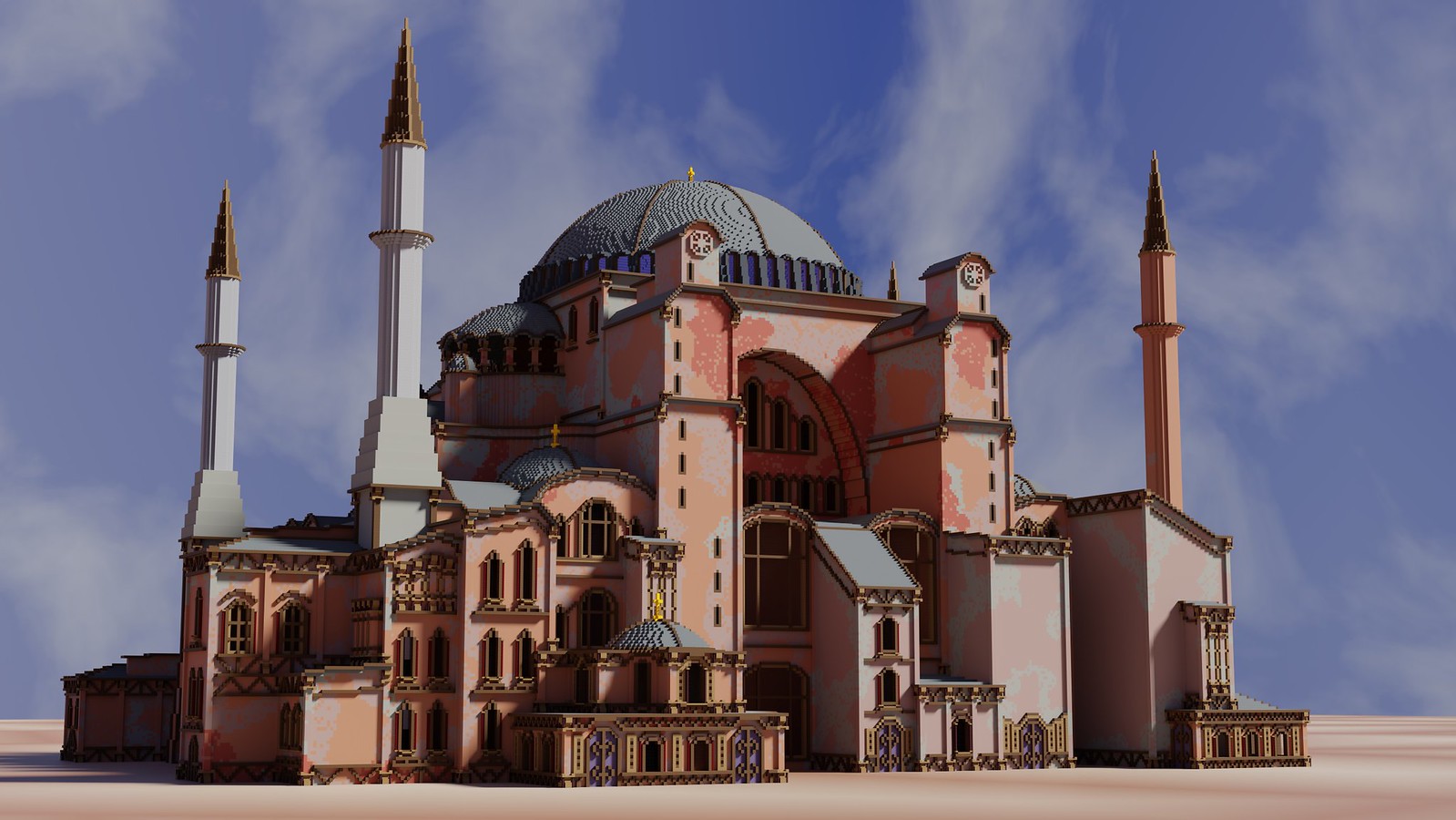
Commissioned by the Eastern Roman Emperor Justinian the Great after the Nika Riots destroyed much of Constantinople, the Hagia Sophia stood as the beating heart of Eastern Orthodoxy for nearly a thousand years. Despite the the fall of the Constantinople to the Ottoman Empire, the church was converted into a mosque, and subsequently had great influence on Islamic architecture. Representative of its multicultural history, Hagia Sophia represents a hybrid between the Romans and Ottomans and their respective religions.
One of the most well-known feats of architecture and the most-visited paid monument in the world, the Eiffel Tower is a cultural icon emblematic of the city of Paris and France as a whole. With concept work by Maurice Koechlin and Émile Nouguier, and being built by Gustave Eiffel between 1887 and 1889, it served as the entrance to the 1889 World's Fair on the Champ de Mars. Upon completion, it was the first structure to pass the 200- and 300-metre marks, surpassing the Washington Monument as the tallest man-made structure: a title it would hold for 41 years before the completion of the Chrysler Building.


A traditional madrasah (Islamic school) and a third of Samarkand's iconic Registan square, the Sher-Dor Madrasah embodies the enlightenment of Islamic thought. Built in a distinctive Islamic style in the 17th century by the Khanate of Bukhara, it touted the city's riches and would have educated some of the Khanate's most distinguished scholars.
Currently containing museums to the military history of France, it was a hospital and retirement home for war veterans. It contains the tallest church in Paris, the Dôme des Invalides, which now serves as a shrine for some of France's greatest military figures. It was commissioned by king Louis XIV in 1670, built by architect Libéral Bruant, and has been the scene of several notable events in French history, including a storming during the French Revolution, the degradation and rehabilitation of Alfred Dreyfus, and as the final resting place of Napoleon.
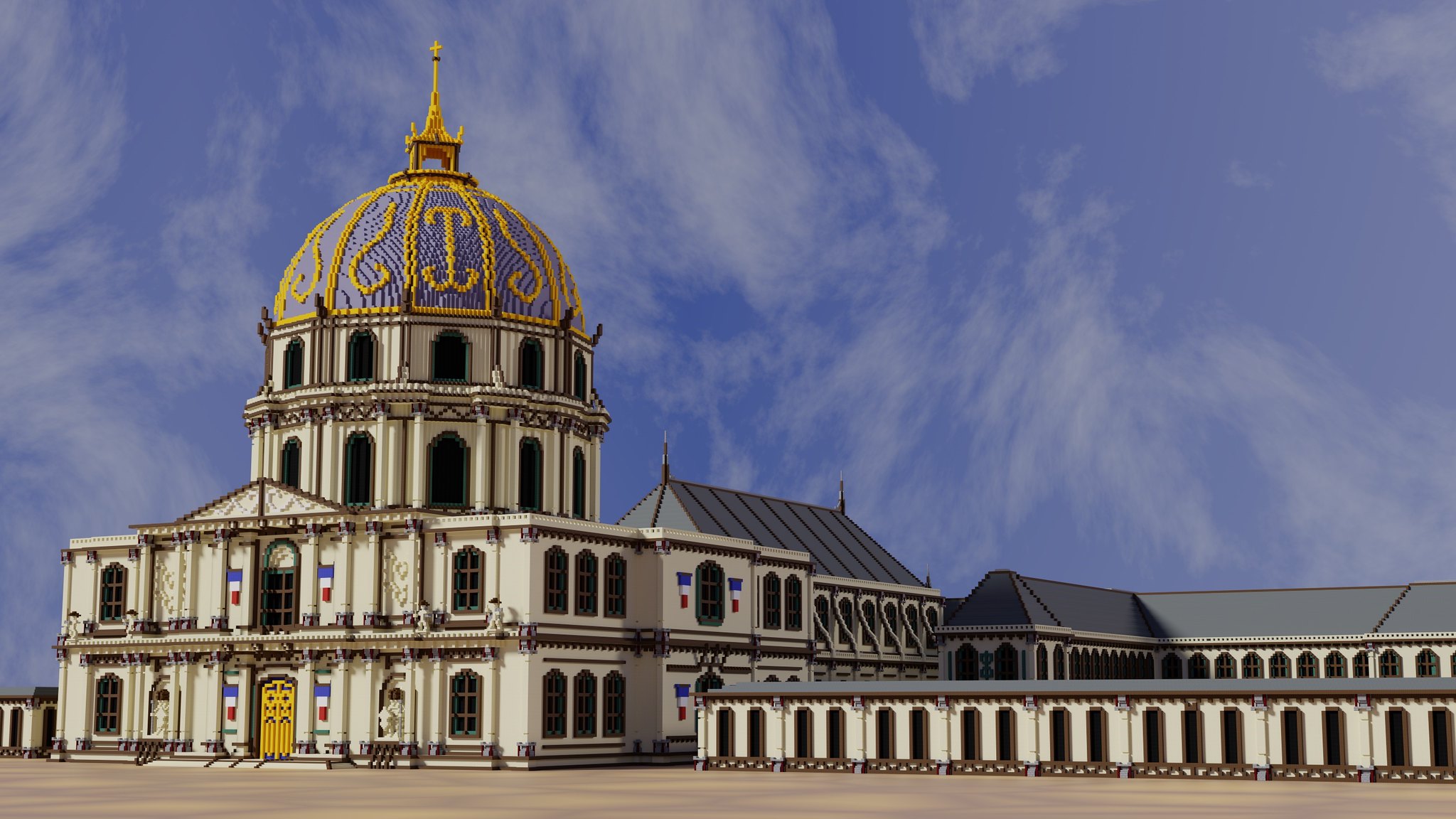
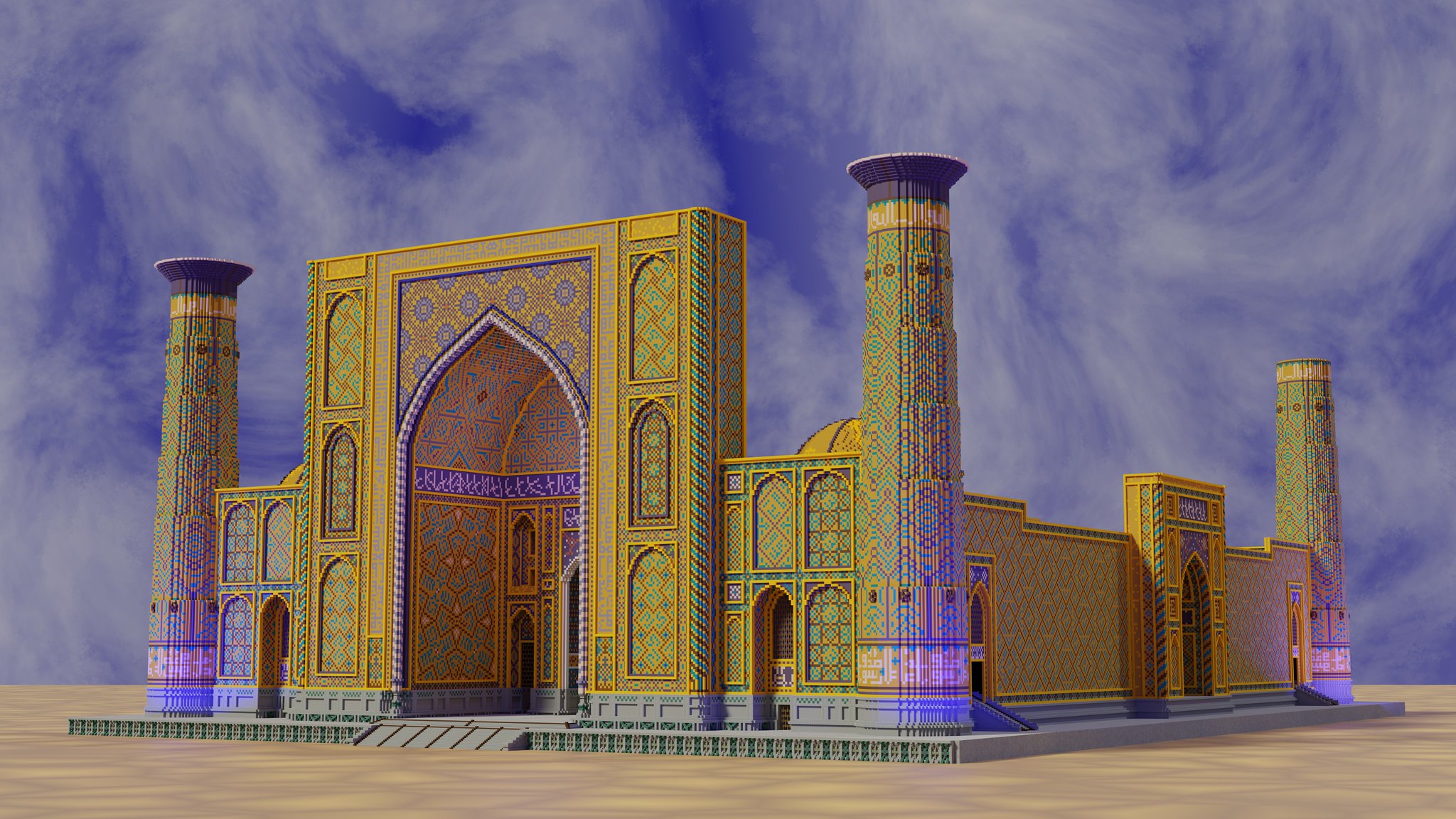
The oldest of Registan's three iconic madrasahs, Ulugh Beg Madrasah was a centerpiece of the Timurid Renaissance. It was built by Samarkand's governor and future sultan Ulugh Beg, who was a great patron of the arts and sciences.
A traditional madrasah (Islamic school) and grand mosque in Samarkand's iconic Registan square, the Tilya-Kori Madrasah embodied the power and riches of the city. It was constructed on the orders of the Khanate of Bukhara, the greatest power in the region.
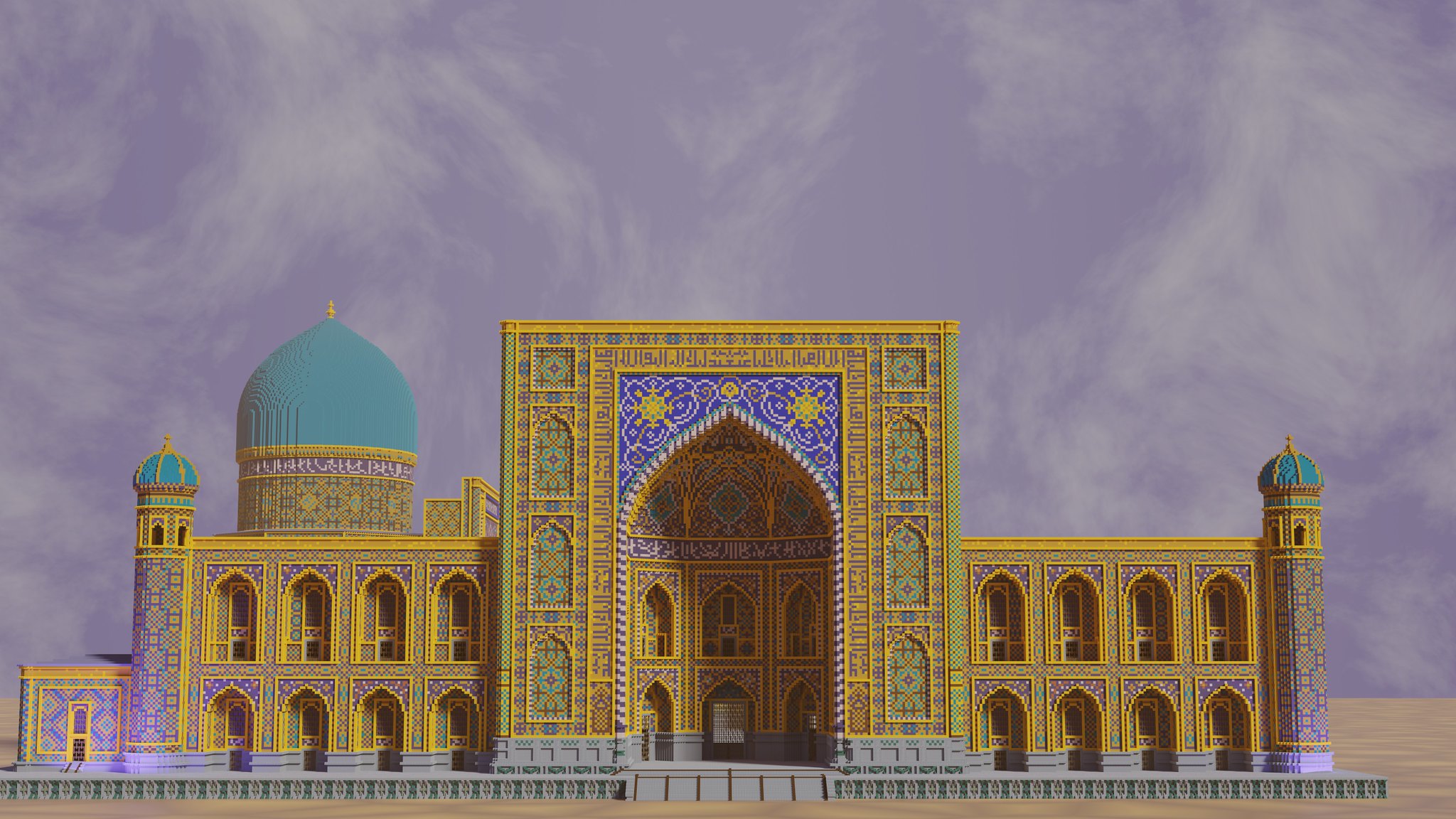
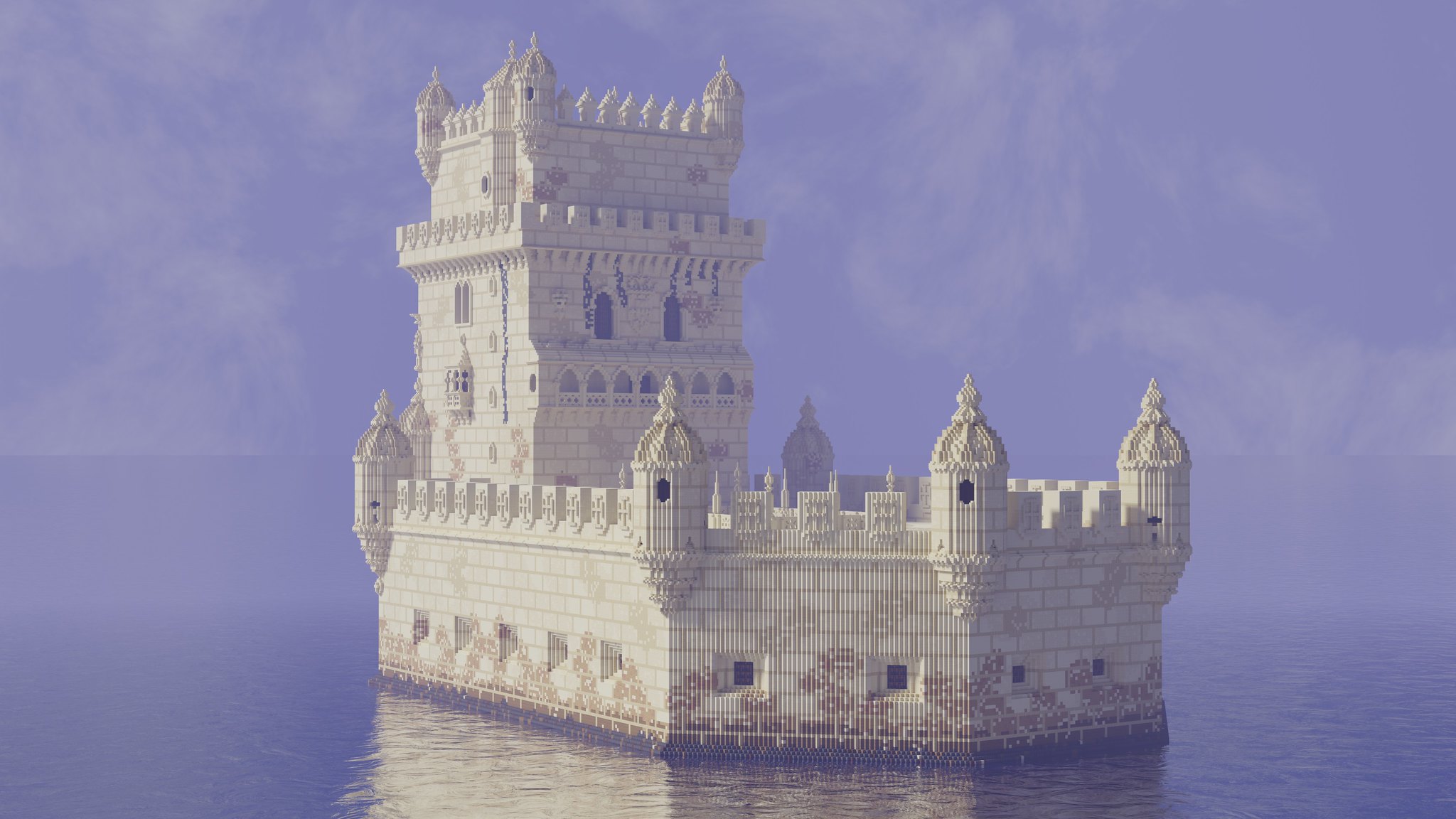
A 16th-century fortification at the mouth of the Tagus River, the Tower Saint Vincent was built at the height of the Portuguese Renaissance. It was built in the Manueline style out of lioz limestone by architect Francisco de Arruda. Alongside the nearby Jerónimos Monastery, it has been considered a UNESCO World Heritage Site since 1983.
This 19th Century theatre and opera house stands as a landmark of Odesa, Ukraine. It was built in 1887 in a combination of Italian and French architectural styles by the Austrian firm Fellner & Helmer.

Works in Progress/Awaiting Release
Releases TBD
An ancient temple in Palmyra dedicated to the Mesopotamian god Bel, it would have been a centerpiece of the ancient Roman Syrian city. Once among the best preserved ruins in Palmyra, it was destroyed by ISIS as an act of anti-polytheistic iconoclasm in 2015. The Project aims to restore the Temple, creating an artistic recreation of what we thought it might have looked like during the height of Palmyrene power.
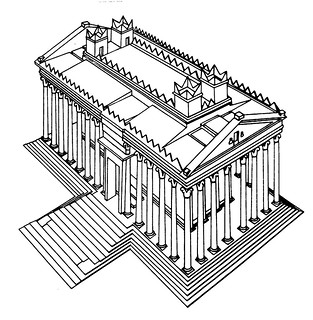
Projects to look forward to
(historical) refers to works in ruins or no longer in existence
Ulugh Beg Madrasah, Uzbekistan
Tilya-Kori Madrasah, Uzbekistan
Sankore Madrasah, Mali
Gyeongbokgung Palace, South Korea
Palace of Domitian, Italy (historical)
Hanging Gardens of Babylon, Iraq (?) (historical)
Taq Kasra, Iraq
Jahangir Palace, India
Tholos of Delphi, Greece (historical)
Poltala Palace, China
Capitol Building, USA
Royal Palace, Cambodia
Doge's Palace, Italy
Mysore Palace, India
St. Basil's Cathedral, Russia
Second Temple of Jerusalem, Israel (historical)